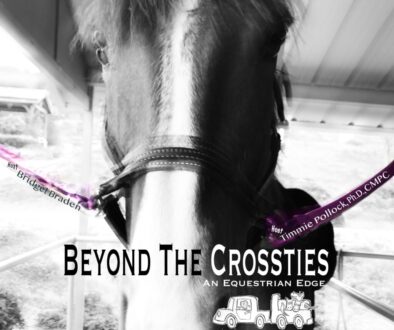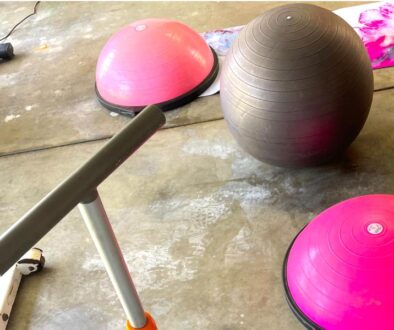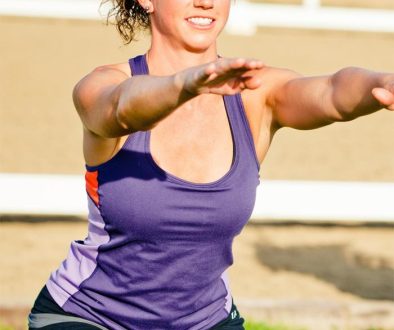Mobility Training
for an equestrian athlete
Set aside a day a week
The best horse in the world still requires their rider to work hard in the saddle. To make a horse work to their full potential, a horseback rider must use their muscle stamina to keep a proper position and proper aids while on the horse. The biggest side effect from riding horses is that muscle are worn down and joints get stiff. This can get very painful and when neglected, the rider looses their performance in the saddle.
There’s much one can do at home or in their tack room to help keep from getting too stiff. Stretching is a main component to keeping muscles elastic but you don’t want to do too much stretching before riding. The actual lengthening process decrease the muscle capacity to be strong. It’s better to do deep stretching at night, about an hour and a half before bed!
TAKE A DAY JUST FOR MOBILITY
Mobility training is the insurance that you can keep the body from too much breakdown. Adding some strength in the mobility exercises creates stable strength around your joints. Muscles that stay longer will ultimately have the most strength long term. Short strength is useless in a horse and doesn’t look good on most women; think cross fit!
Limitations and restrictions almost always start from athletes doing bad repetitive patterns of movement. Once the body has enough repetitive restriction, it will start to compensate to get out of the pain or discomfort. Mobility training checks your muscular movement. If there’s any restriction, then exercise will show it. If you can sit in front of a mirror and watch what you are doing, you can change these muscular patterns. IT LEADS TO LESS COMPENSATIONS.
These seem very natural, almost second nature. It’s very hard to convince the body to adjust and do the proper movement with out training. MOBILITY TRAINING IS A MUST FOR THE EQUESTRIAN ATHLETE. Simple exercises can do wonders for the equestrian athlete. Equestrian strength isn’t the problem but mobility is the usual communication problem between horse and rider.
The pelvis and hips will hold a rider’s seat stable on a moving horse. The upper body has a lot to do with seat stability on a horse but it’s a rider’s legs that are the key to core stability. Muscles within the leg will keep proper positioning from the hip down into the stirrup. This controls the movement of the leg while the horse does it’s thing. Limited control over the hip, knee and ankle alignment, the leg will not be supporting the seat.
If there’s a lack of mobility in a riders hip joint, there’s going to be a compensation happening in the riders body. This compensation creates another one in the horse and so on. Many riders believe there’s one good side and one bad side. In reality, there’s something throughout the entire pulley-system of the horse and rider. If muscle structure is weaker on one side, this could cause the horse to carry itself incorrectly on that particular side. The hips create stability for a rider seat from left to right.
Worst, favorite exercise with great benefits is the IT BAND. The outer leg can get seriously wrecked from being in the saddle, now comes the pain. Usually riders feel it in their knee or Piriformis. Doing the clams at least twice a week helps condition the muscle and regain the muscle density that can help work for you in the saddle.
You can add the side plank into the exercise to recruit the obliques and lower core. This also helps the IT BAND in the saddle!
Do 10-15 reps each side/leg
Do Various Downward Dogs
Hamstrings are one of the tightest muscles from riding horses and riders should be stretching this at least twice a week. Alternating each heel down to the ground provides the entire kinetic chain to lengthen. Doing the hamstring stretch where you are sitting on the ground with one leg extended, reaching for the toes doesn’t target the whole leg. Which as a horseback rider, that’s the area that needs to stretch.
One of the hardest areas to lengthen is the attachment behind the knee, between calf muscle and the hamstring muscle groups. The walking downward dog is great as each heel lowers to the ground and this movement that area has a chance to stretch while active. This is exactly what I want when riding my horses.
WANT MORE FITNESS TIPS? JOIN NOW
Join our memberships with equestrian friendly workouts. Do you want 2 workouts, 3 workouts or 4? Consider if you would like a customize workout specific to your riding and athletic background.






